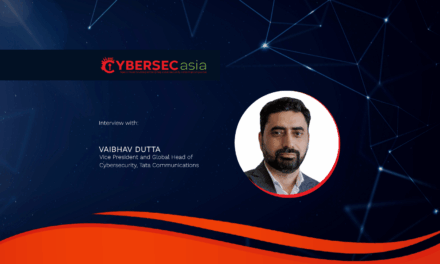Here is the lowdown on how organizations in APAC can straddle a fine balance between the technology’s immense benefits and risks.
Today, AI is increasingly playing a pivotal role in multi-cloud data management to actively defend against threats. For example, by leveraging AI-driven malware scanning and anomaly detection capabilities, organizations can manage their data and automate protection from cyber threats such as ransomware.
Well-trained AI models can recognize suspicious activities and vulnerabilities with greater accuracy, allowing security experts to identify potential threats in real time to quickly respond and contain breaches.
The use of AI has also enhanced the efficiency of zero trust frameworks, reducing the need for tedious and manual monitoring. As such, organizations can free up their manpower and resources to focus on more transformational activities to improve their overall efficiency and returns on investments, to stay ahead of their competitors.

AI as a double-edged sword
Cybercriminals are also adopting AI solutions to increase the scale and sophistication of ransomware attacks on businesses. They can devise fraudulent scams faster than before, on top of having more time to plan and mount their next strike.
On top of the external threats posed by bad actors, AI has additionally been recognized as a risk factor for businesses who fail to put proper guardrails in place to stop internal threats (such as employees) due to the inappropriate use of generative AI tools.
Beyond being exploited by the malicious actors for bad, an over-reliance on AI can cripple organizations that are unaware of the technology’s potential risks and pitfalls. It is critical to ensure the integrity of any data processes that leverage AI and to secure the data in the event of any unexpected disruptions, such as a ransomware attack or data center outage.
It is also critical for organizations to consider the quality of the data they feed into the AI engine, as not all information produced by generative AI is accurate — especially when there is ill intent to poison the AI model with inaccurate data or inject harmful biases.
Moreover, organizations must ask themselves how they will protect the data produced by AI, to ensure it complies with local legislation and regulations and that it does not land into the wrong hands.
Minding the double-edged weapon
To mitigate data security risks, many organizations surveyed across the APAC region have cited having increased their data protection budgets as much as 29% over the last 12 months. The average data protection and security team sizes has also grown.
With more resources in place to facilitate benefiting from AI and also harness to it for cyber defense, organizations are putting the right security and governance framework in place to enhance business competitiveness, reduce manual operations, and strike a balance with AI’s risks. The cautionary stance is to avoid approaching data security strategy with a false sense of confidence.
The endless incidence of high-profile data breaches has proven that no business is immune. Businesses must be prepared with a comprehensive cyber resilience plan, rehearse and recalibrate it as needed, and protect and recover their data: from edge to core to cloud. This includes auditing any AI model or system for security and privacy vulnerabilities, and equally important, training employees on the latest cybersecurity protocols.
While the dangers of AI remain to be addressed, organizations can proactively choose to integrate AI into their processes in a responsible way, to protect themselves from cyberattacks and data breaches. Being forewarned is forearmed, and by strengthening data security posture, organizations can successfully navigate the risks.


















